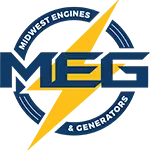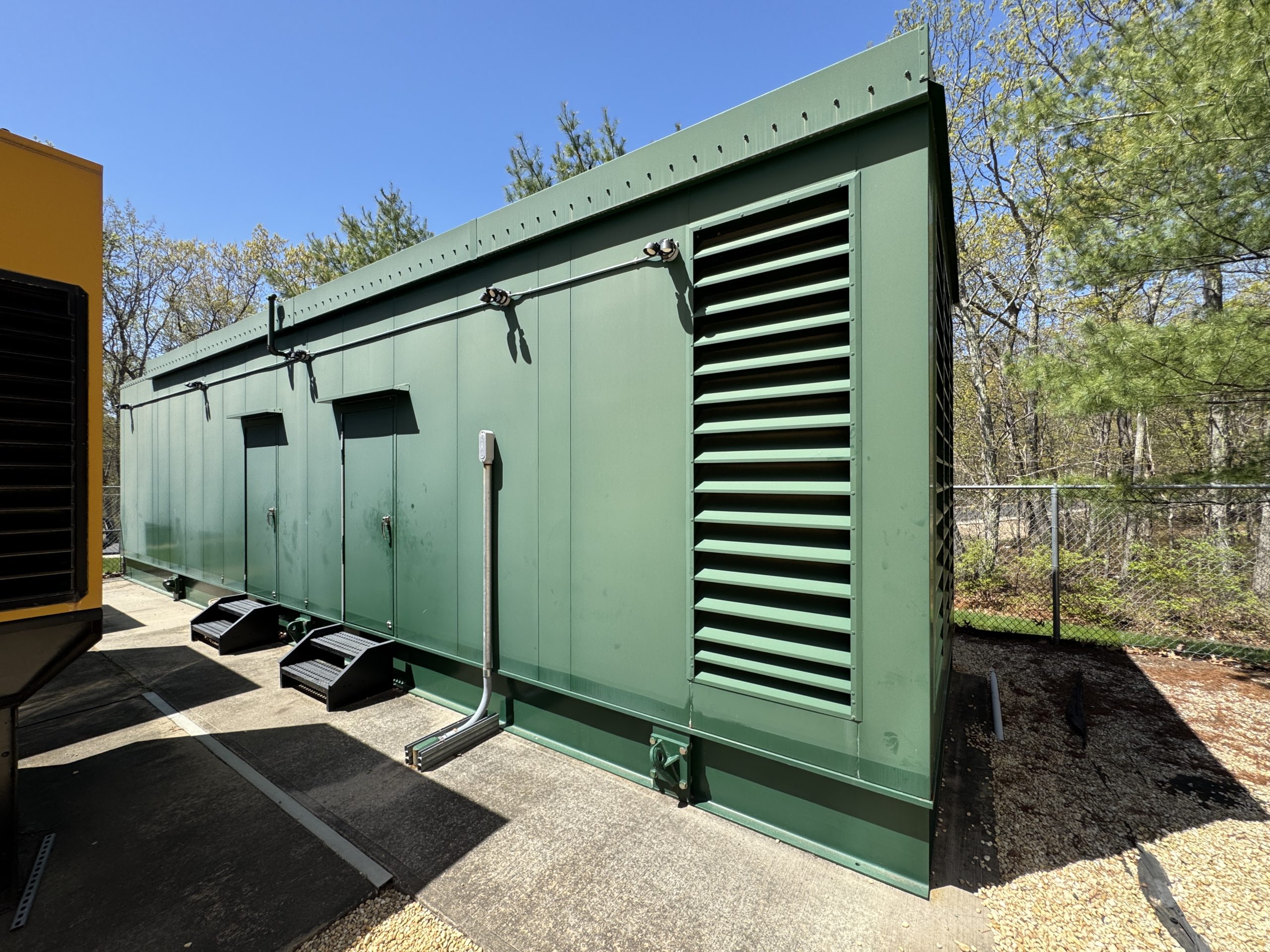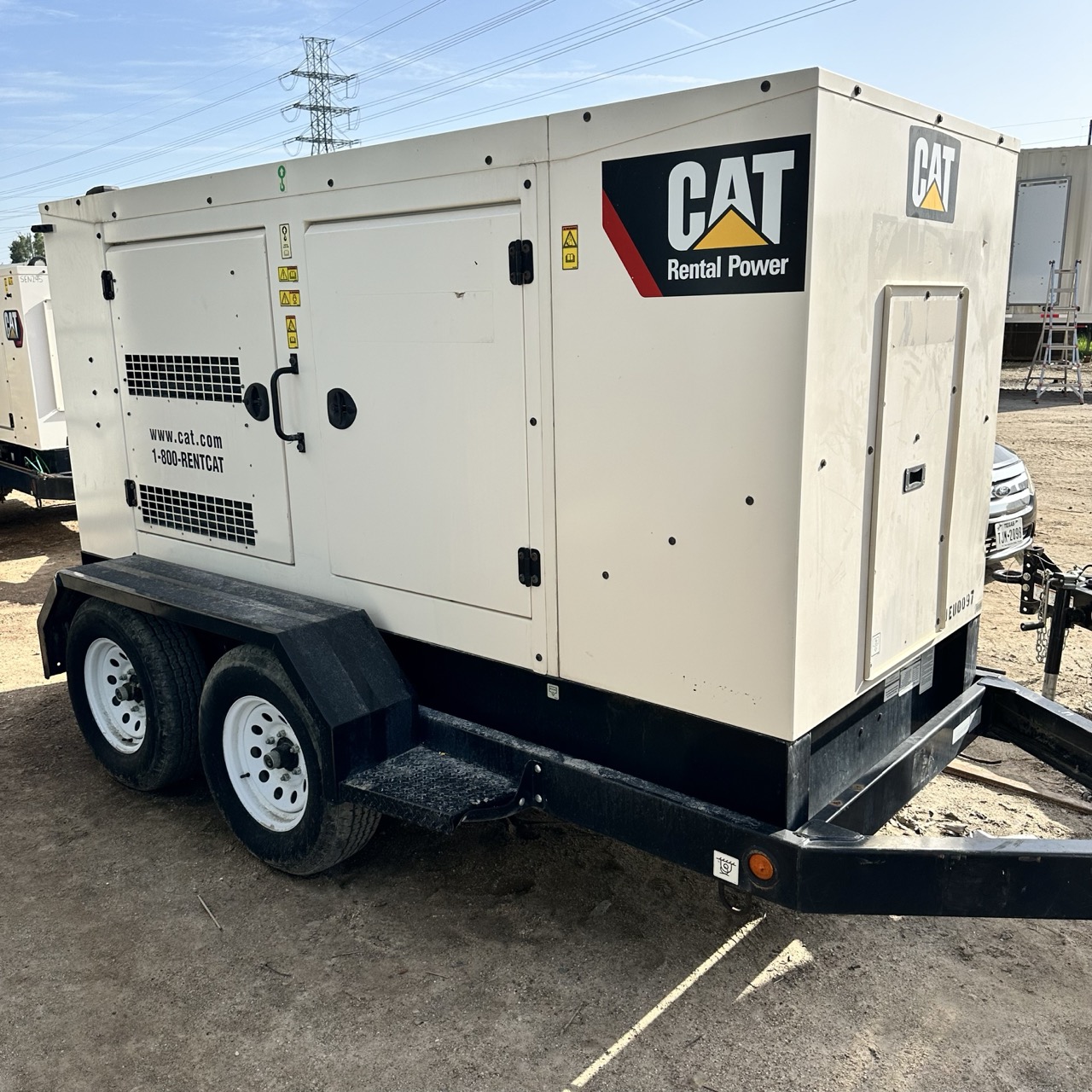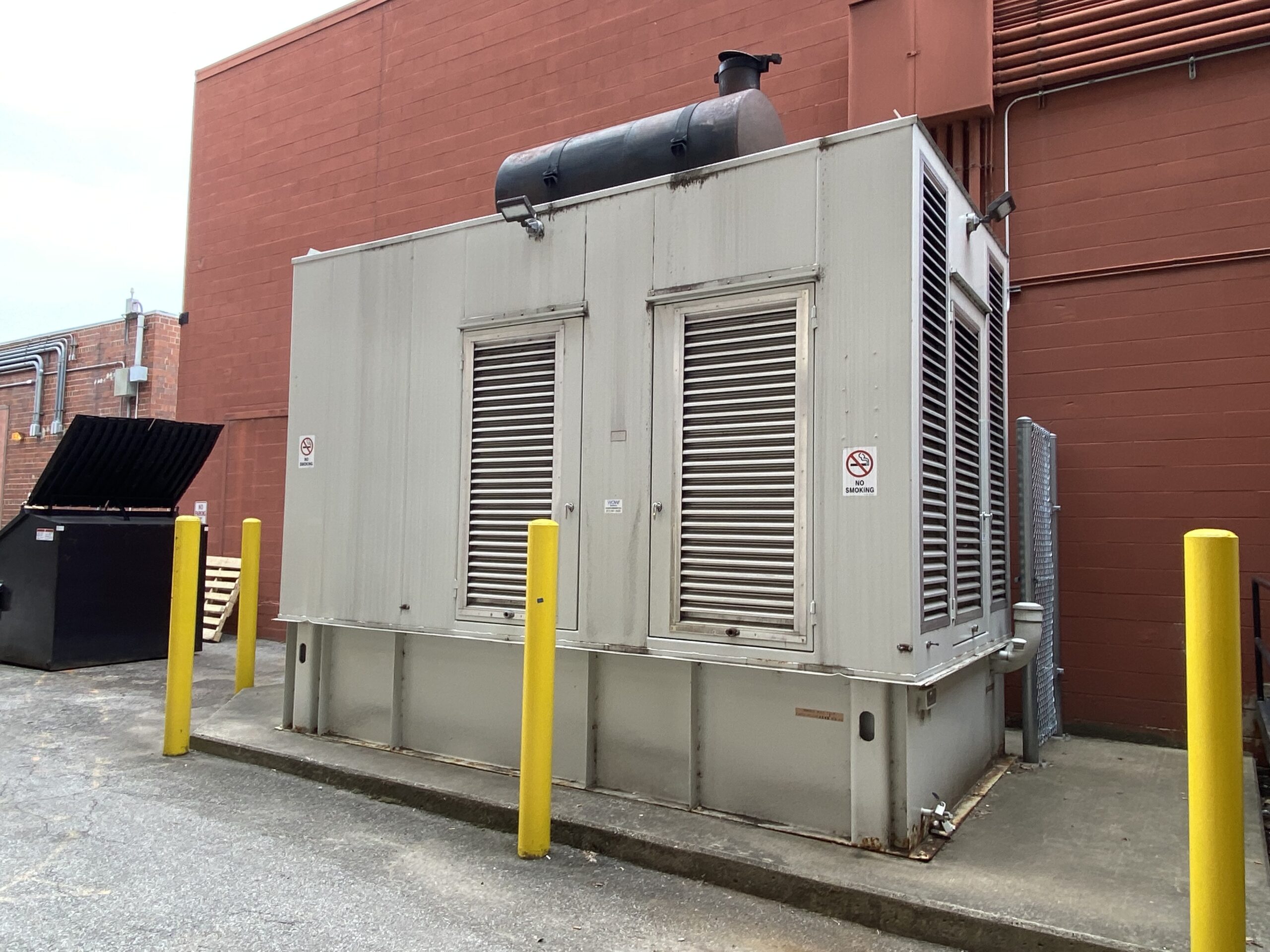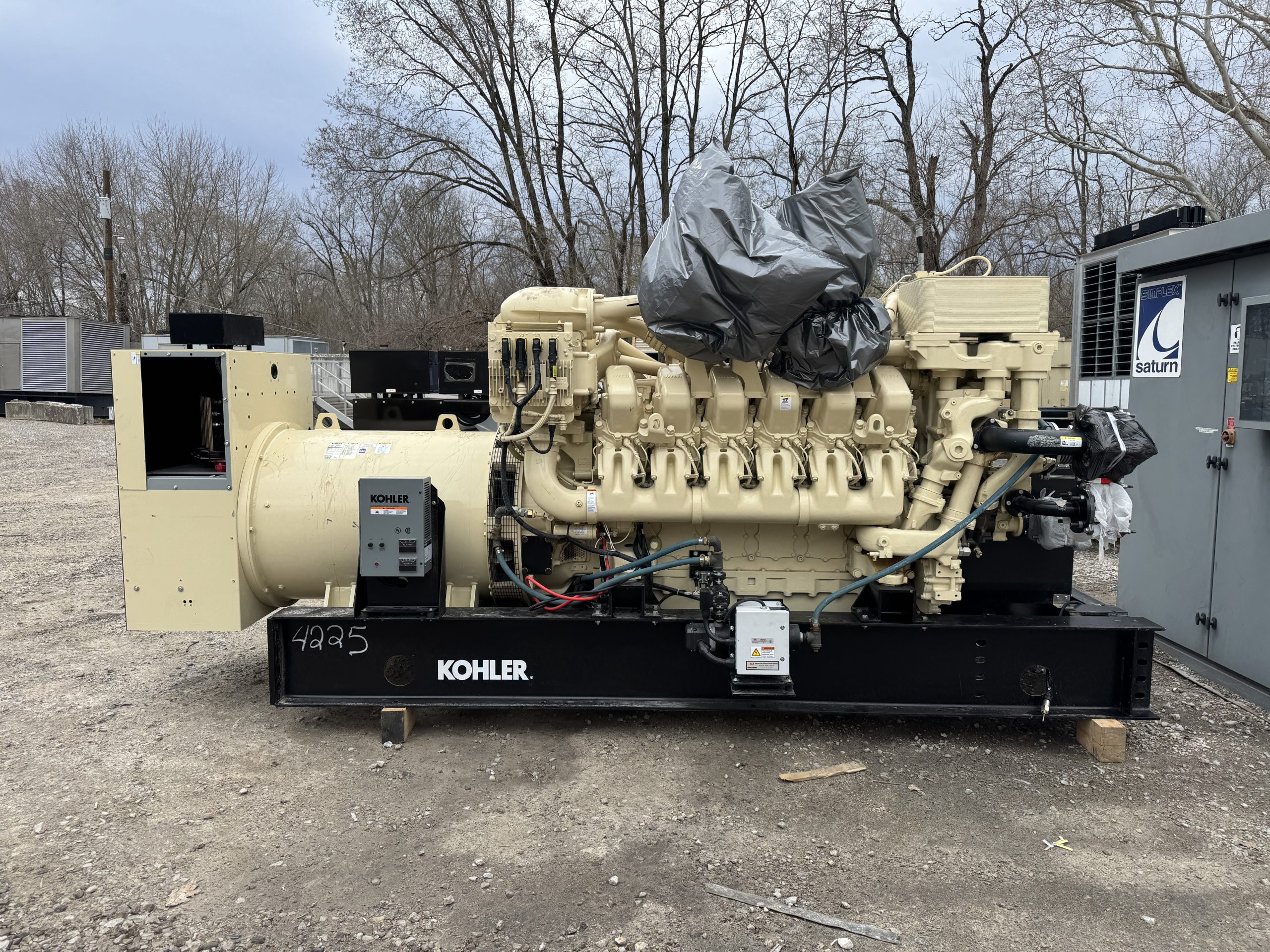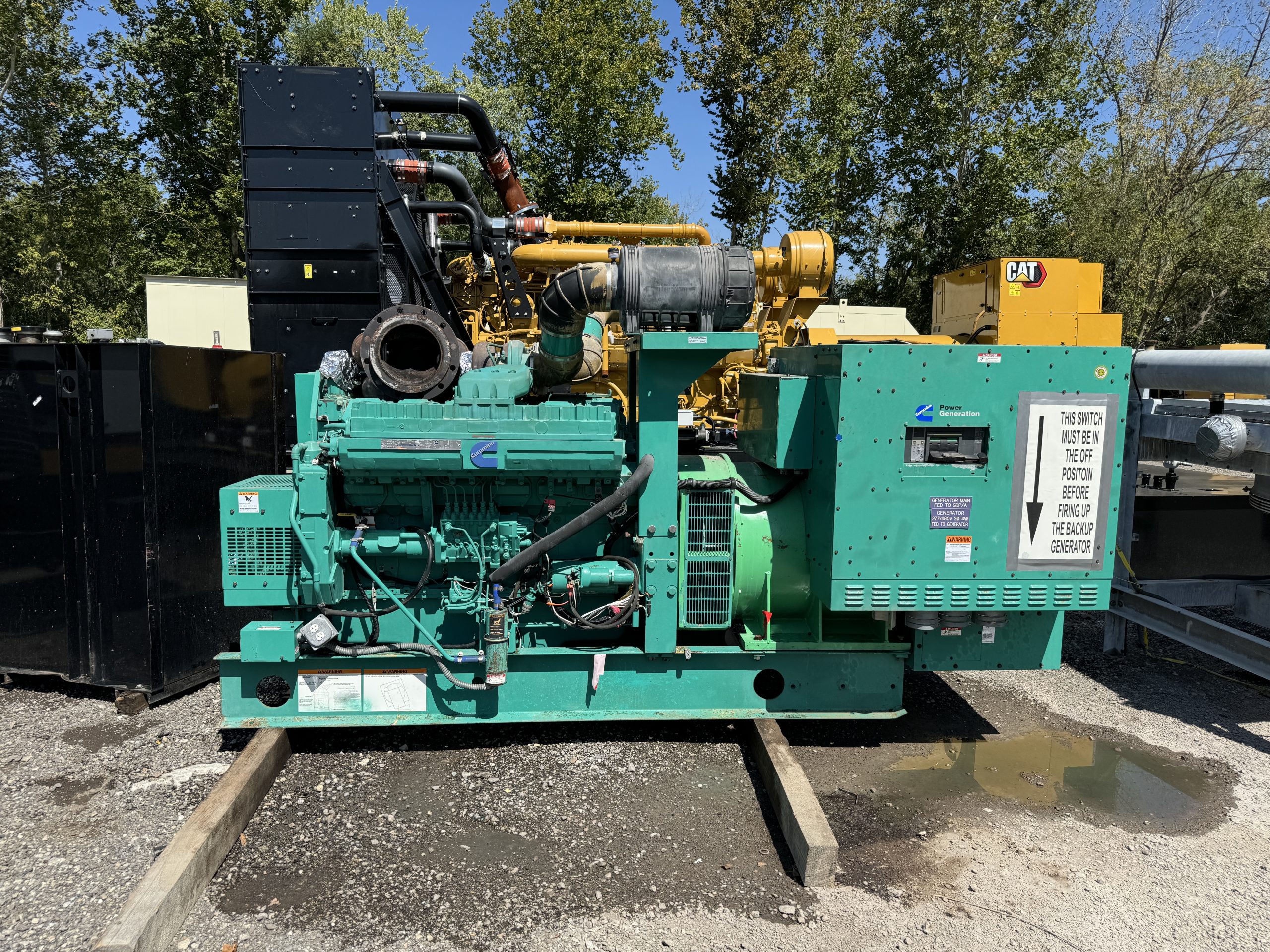Blog
Midwest Engines & Generators prides itself in providing high quality used equipment.
Stationary Generators vs Portable Generators
When it comes to securing a reliable power source during power outages or in remote areas, the decision between stationary and standby ...
Industrial Generators Buying Guide 2024
The market size of the industrial generator was estimated around USD 18.3 billion in 2022, and is expected to rise by 7.3% till 2032. I...
Top 6 500 kW Diesel Generators for Sale
The demand for diesel generators in the market is increasing at a rate of 9.4% annually. Diesel generators for commercial use have long...
Top 4 500 kW Diesel Generators Towable 2024
Running an industry has never been an easy business. With multiple machines to run, constant power is required. Power outages in the in...
Top 10 Used Standby Generators For Sale 2024
Standby generators provide instant power backup during times of blackouts. According to recent findings, the US market for standby gene...
Why Choose Midwest Generators for Your Used Standby Generator Buying/Selling Needs?
Are you planning to replace your generator or searching for a power source that can provide backup power? If you are a businessman or o...
1000 kW Generator for Sale
The frequency of power outages is increasing daily. Events like heat waves, hurricanes, and wildfires that pose a threat to the electri...
Winter Maintenance Tips for Diesel Engine Owners
As temperatures drop, diesel engine owners face unique challenges in keeping their equipment running efficiently. Cold weather can impa...
Understanding and Preventing Wet Stacking in Diesel Generators
Wet stacking, a common but often misunderstood issue, occurs in diesel generators when unburned fuel, carbon particles, and sometimes l...
Load more posts
Loading...
